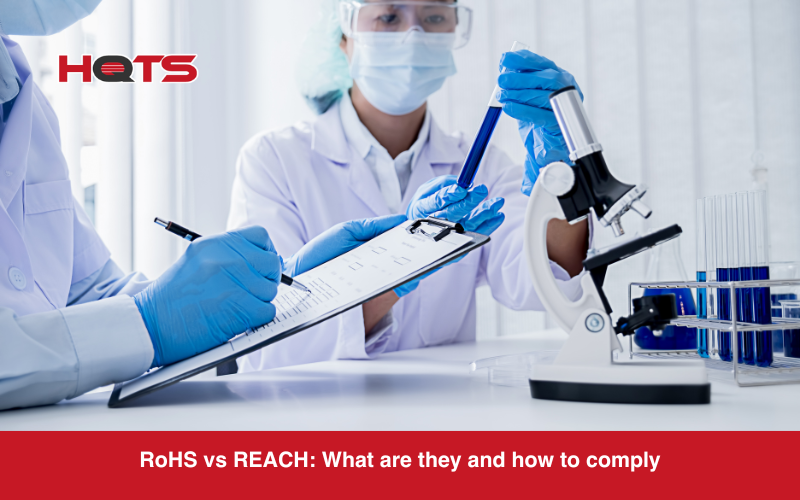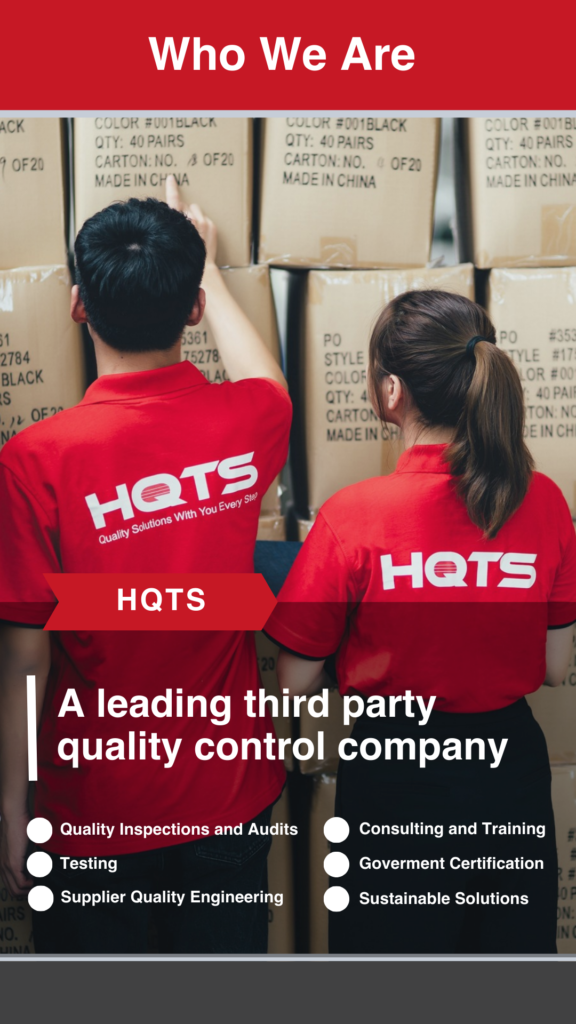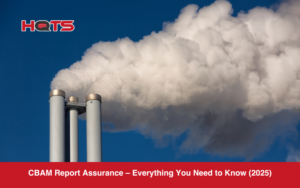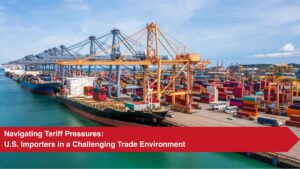If you’re importing products into the European Union (EU) you may find that two regulations keep coming up- RoHS and REACH. If your products fall under the scope of either of these two regulations, then becoming REACH and RoHS compliant is necessary to guarantee market access into the European Union.
In this guide we’ll break down REACH vs RoHS and the difference between both regulations, how you can navigate REACH and RoHS compliance as a company and example products where you might need both REACH and RoHS compliance.
Both REACH and RoHS restrict substances that are deemed to be hazardous to humans and the environment but the specific requirements around testing, documentation and labelling are very different. RoHS is smaller in scope applying only to Electronic and Electrical (EEE) products. REACH has a much wider applicability, covering almost all products. This means that if you are presented with a RoHS certificate by your manufacturer but it is for a non-electrical product then you can be pretty sure that your products have not been properly tested.
Let’s dive a little deeper into each regulation. It makes more sense to start with RoHS as this is the least complicated of the two.
What Is the RoHS Directive?
In the modern world, the widespread use of electrical and electronic products like mobile phones, computers, and kitchen appliances, leads to a lot of waste. During the collection, treatment, and disposal of these products, toxic substances like lead, mercury, and cadmium can be released, causing big environmental and health issues.
To tackle these challenges, the European Union introduced the Restriction of Hazardous Substances (RoHS) Directive. This directive aims to regulate the use of certain substances that can pose risks to human health and the environment. It was first introduced on July 1st, 2006, originally regulating six harmful substances. It was later updated to include four additional phthalates, bringing the total to ten restricted substances.
What’s the meaning of RoHS compliance in short:
- What it covers: RoHS applies to electrical and electronic products, including appliances, gadgets, and industrial equipment.
- What’s required: The regulation restricts harmful substances like lead and mercury in these products. Manufacturers must ensure their products meet these standards though RoHS compliance testing.
- Where it applies: RoHS started in the European Union but is now required in many places, including the EU, UAE, China, Japan, South Korea, India, and some U.S. states like California. Not following these rules can lead to penalties.
Which product are covered under RoHS?
All products with electrical and electronic components, unless specifically excluded, must comply with these restrictions and be RoHS tested to be placed on the EU market.
Who Needs to Comply with RoHS?
The RoHS directive applies to manufacturers, authorised representatives, importers and distributors of EEE products, such as large and small household appliances, computing and communications equipment, consumer electronics and more.
To find out more about the entire RoHS process check out our full guide to RoHS compliance

What are RoHS restricted substances?

The RoHS Directive sets the maximum allowable concentrations of these hazardous substances by weight:
- Lead (Pb): < 0.1%
- Mercury (Hg): < 0.1%
- Cadmium (Cd): < 0.01%
- Hexavalent chromium (Cr6+): < 0.1%
- Polybrominated biphenyls (PBB): < 0.1%
- Polybrominated diphenyl ethers (PBDE): < 0.1%
- Bis(2-Ethylhexyl) phthalate (DEHP): < 0.1%
- Benzyl butyl phthalate (BBP): < 0.1%
- Dibutyl phthalate (DBP): < 0.1%
- Diisobutyl phthalate (DIBP): < 0.1%
What Is the REACH Regulation?
The EU brought REACH regulation into force in June 2007 (EC 1907/2006) and it aims to protect human health and the environment through better and earlier identification of the properties of chemical substances. This is achieved in four processes – registration, evaluation, authorisation, and restriction of chemicals. It also promotes alternative methods for the hazard assessment of substances to reduce the number of tests on animals.
REACH ensures companies comply with the regulation and they must identify and manage the risks linked to the substances they manufacture and market in the EU. They must demonstrate how the substance can be used safely and they must communicate the risk management measures to their users.
What’s the Meaning of REACH Compliance in Short?
- What it Covers: REACH applies to substances and chemicals in products, including materials, mixtures, and in some cases, articles like packaging or toys, used in industries like cosmetics, textiles, electronics, and manufacturing.
- What’s Required: The regulation restricts harmful chemicals like SVHCs (Substances of Very High Concern), requiring manufacturers and importers to test and ensure their products meet REACH standards. Companies may need to register, document, and test substances used in their supply chain.
- Where it Applies: REACH originated in the European Union but impacts any company selling products within the EU market. It also influences global standards, with similar requirements adopted in countries like the UK, South Korea, and Turkey. Failure to comply can lead to penalties, recalls, or restrictions on selling products.
Understanding Reach: Substances, Mixtures and Articles
REACH stands for Registration, Evaluation, Authorisation, and Restriction of Chemicals. It’s a European Union regulation – introduced in 2007 – designed to protect human health and the environment from the risks posed by toxic chemicals. REACH restricts pollutants, heavy metals and chemicals in not just some but all products heading to the EU.
That means for your products to be compliant, they cannot contain substances above the specified amount. And, importantly, REACH places the responsibility on companies, which means you’re responsible for ensuring the safe use of chemicals that you manufacture or import into the EU.
To understand REACH rules, it’s important to know the difference between substances, mixtures, and articles. This is because different rules apply to each one. Under the REACH regulation, a substance is a single chemical element or compound, like sulfuric acid, acetone, or potassium nitrate.

A mixture combines two or more substances without them chemically bonding; examples include cleaning fluids and paints. An article refers to an object whose shape, surface, or design is more crucial to its function than its chemical makeup, such as computers, smartphones, toys, textiles, packaging, furniture, etc.
REACH usually covers substances and mixtures, but sometimes it applies to articles too. For example, if an article is designed to release a substance during normal use, that’s called an “intended release.” However, if the release is crucial to how the object works, it’s treated as a mix of a container (the article) and the substance or mixture it holds, rather than just an article with an intended release. This is complicated but the examples below might help to clear up any confusion.
Examples:
- Writing Pen: The primary function is to write, which requires the release of ink. Here, the pen is a combination of an article (the pen body) and a substance (the ink).
- Air Freshener: Its main purpose is to emit fragrance. The device (article) holds the fragrance (substance) and releases it as intended.
In both cases, the release of the substance is crucial to the main function of the product, so they are considered combinations of an article and a substance or mixture.
Even packaging is treated as a separate article under REACH. Under REACH rules, packaging, like boxes, bottles, or wrappers, is treated separately from whatever it holds. This means it might have its own requirements, like needing to be registered, approved, or restricted.
Companies need to check if the packaging contains anything that could be released during normal use, for example harmful substances on a special list (SVHC), or if it’s on a list with strict usage limits. In short, they need to make sure the packaging is safe and follows the rules.
This brings us onto Substances of Very High Concern or SVHC.
Substances of Very High Concern (SVHC).
The REACH regulation specifies hundreds of substances that it has deemed to be toxic and therefore dangerous. These substances of Very High Concern (SVHC) are chemicals that pose serious risks. A substance can be considered an SVHC if it’s harmful in specific ways, like being cancer-causing, damaging to genes or reproduction, or building up in living organisms. These substances are listed by the European Chemicals Agency (ECHA).
If a product contains less than 0.1% of an SVHC, there’s no need to notify anyone. But if the level is above 0.1%, the company must inform consumers and list the substance’s name. Since 2021, products with more than 0.1% SVHC must also be entered into a database called SCIP. Companies need to specify which part of the product contains the substance, the name of the substance, and how to use and dispose of the product safely.
If a company imports over 1,000 kilograms of products with more than 0.1% SVHC, they also need to notify authorities. If production or imports reach 10 tons a year, the company must create a safety report explaining the risks to people and the environment.
If you are still confused about banned substances under REACH, check out our full guide.
RoHS vs REACH Compliance: What Is the Difference?
REACH compliance
For REACH testing is almost 99 percent of the work. Lab testing isn’t mandatory but compliance is so you need to prove that your products comply somehow. You can start by assessing all the materials in your products, such as fabrics, metals, or plastics, to identify any restricted substances, or a much easier way would be to ask a certified testing lab like HQTS to do it for you as labs will test for hundreds of different substances and trying to keep track by yourself could be a heavy duty task.
Then, send samples to certified labs for testing to confirm compliance with REACH standards. The lab will provide a test report that you should keep as proof, in case authorities, customers, or marketplaces request it. Since testing can be expensive, consider reducing costs by limiting the number of colors, designs, or materials used in your products. Finally, stay informed about new substances added to REACH’s restricted lists to ensure your products remain compliant and safe for the European market.
RoHS compliance
RoHS compliance is a bit more complicated. Not only are there testing and labeling requirements but also audits must be undertaken. Start by checking if your product needs to comply—most electronics do, but some, like military equipment or solar panels, might be exempt. Next, review the materials in your product to ensure they don’t contain harmful substances like lead or mercury. This is usually done by sending your product to a RoHS certified testing lab like HQTS to confirm it meets RoHS standards. Once testing has been completed a process audit will also need to be done to double-check that your manufacturing process also follows the rules.
You need to make sure you work closely with your suppliers to make sure they use safe materials, and keep all your test results and documentation organized in case you need to prove compliance. The final piece once all the others have been ticked off will be to add a CE mark to show that your product meets the requirements, and stay updated on any changes to the regulations.
RoHS and REACH Compliance Comparison Table
This comparison table shows some differences between REACH and RoHS compliance:
| RoHS | REACH |
| RoHS is evaluated at the homogenous material level | REACH is evaluated at the article level |
| RoHS bans substances that are present in electrical equipment that is within the directive | REACH applies to all chemicals used to make a product |
| Instructions but no enforcement on how to comply | Has a defined process that must be followed for risk and chemical management |
| RoHS is an EU Directive 2002/95/EC. RoHS is directive 2011/65/EU | REACH is a regulation |
Which products are covered by REACH and RoHS?
As mentioned earlier, all products entering the EU need to prove that they are REACH compliant. That means TV’s, computers, T-Shirts, anything you can think of. The fact that RoHS almost exclusively covers electronic products means that there may be some overlap with these kinds of products.
This means that if you’re importing electrical and electronic equipment, consumer electronics, or certain automotive components, they will be subject to both RoHS and REACH regulations and you will need to prove that your products are compliant with both regulations.
Many of the chemicals used in electronics manufacturing, such as solvents, flame retardants, and plasticizers, fall under the scope of REACH. Electronics manufacturers who want to sell their products in the EU market must ensure that their products are REACH compliant.
Below you can see some examples of where both regulations might apply:
- Product: Computers, smartphones, household appliances, and medical devices.
–RoHS Application: RoHS restricts the use of specific hazardous substances in EEE, such as lead, mercury, cadmium, and certain phthalates.
– REACH Application: REACH addresses the use of chemicals in articles, including EEE, by requiring registration and evaluation of substances, and restricting those identified as Substances of Very High Concern (SVHCs). - Product: Electronic control units, infotainment systems, and sensors.
– RoHS Application: While RoHS primarily targets consumer electronics, certain automotive electronics may fall under its scope, especially if they are similar to consumer products.
-REACH Application: Applies to chemicals used in manufacturing automotive parts, ensuring they do not pose risks to health or the environment.
Conclusion: RoHS vs REACH Compliance: All Things You Need To Know
RoHS and REACH cover many areas – and they are equally important. RoHS is a product-specific vertical legislation that focuses on restricting hazardous substances in electrical and electronic equipment (EEE). While REACH is broader and targets and controls the use of thousands of substances and is not limited to the electronics industry.
As such, becoming RoHS or REACH compliant can be challenging. Particularly because the testing requirements and overall compliance procedure differs.
HQTS can carry out an in-house third-party RoHS and REACH compliance product and material testing service. We have world-class testing facilities that will ensure your products are within the acceptable range of compliance before they are sent to the European Union. Send an inquiry for our RoHS or REACH compliance testing today!







